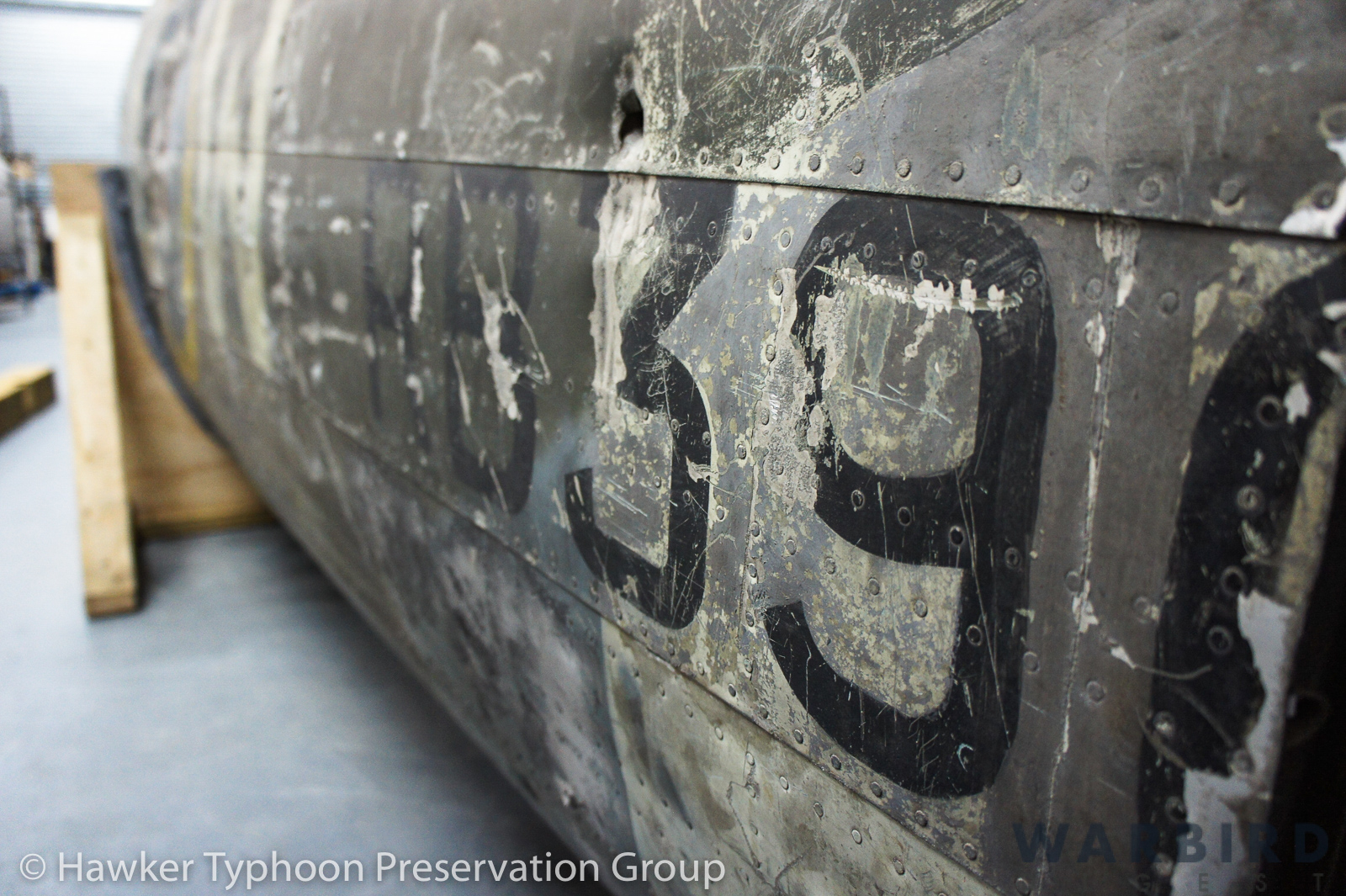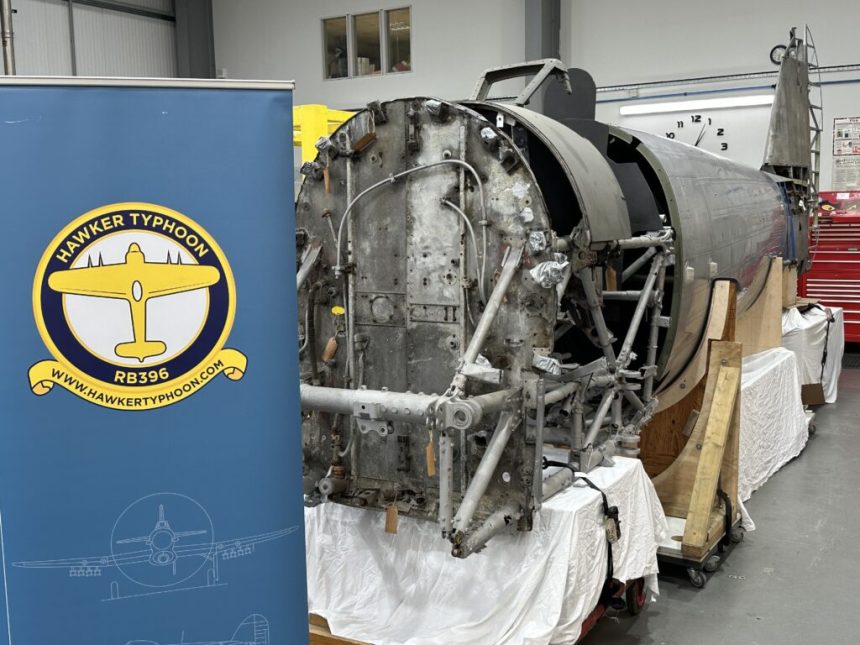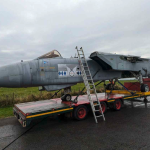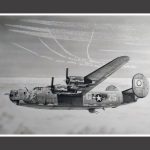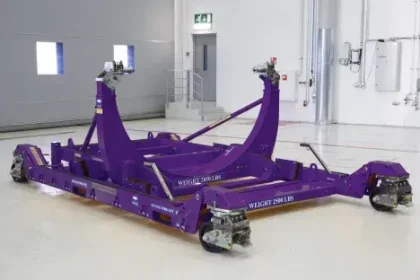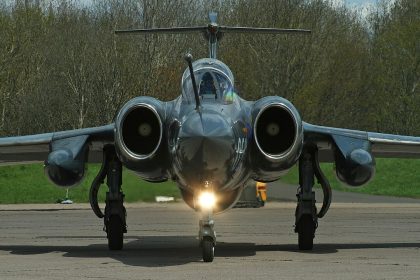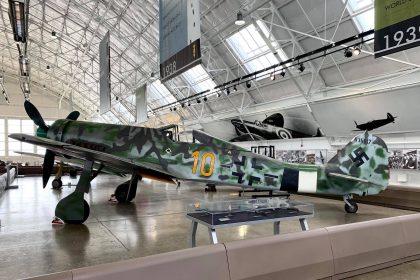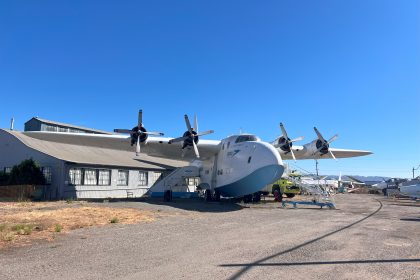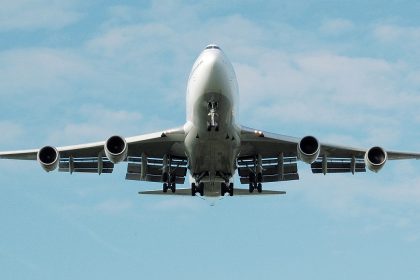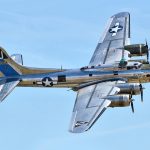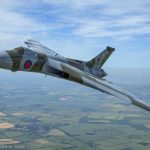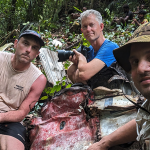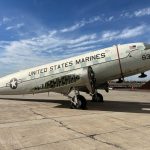The Hawker Typhoon is one of the rarest WWII production fighter aircraft, with only one fully preserved example known today. We’ve been following this remarkable restoration project for years; you can find our past articles here. The Hawker Typhoon Preservation Group is dedicated to changing the fate of this aircraft by reconstructing Hawker Typhoon Mk.Ib RB396, beginning with its original rear fuselage. Project leader Sam Worthington-Leese shares the latest update on its progress below.
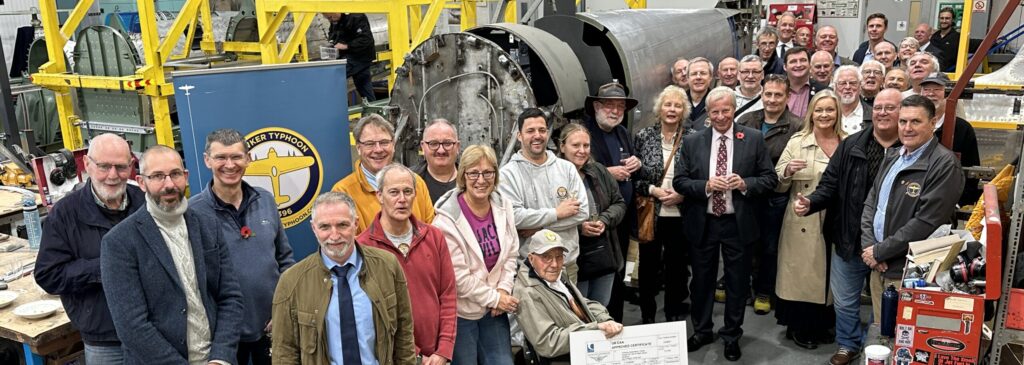
The first phase of the Hawker Typhoon RB396 rebuild is now complete. On October 30, 2024—nearly 80 years to the day since the aircraft first rolled off the production line—the final rivets were placed in the rear fuselage, marking the end of an almost decade-long effort to get this monumental project underway. The Hawker Typhoon Preservation Group (HTPG), a charity founded in May 2016 after years of research and planning, owns and safeguards the project. Run entirely by volunteers, the organization coordinates the rebuild and raises funds to achieve its goal of restoring a Hawker Typhoon as a living, flying memorial to those who were part of its story, especially the 666 pilots who lost their lives flying Typhoons during WWII.
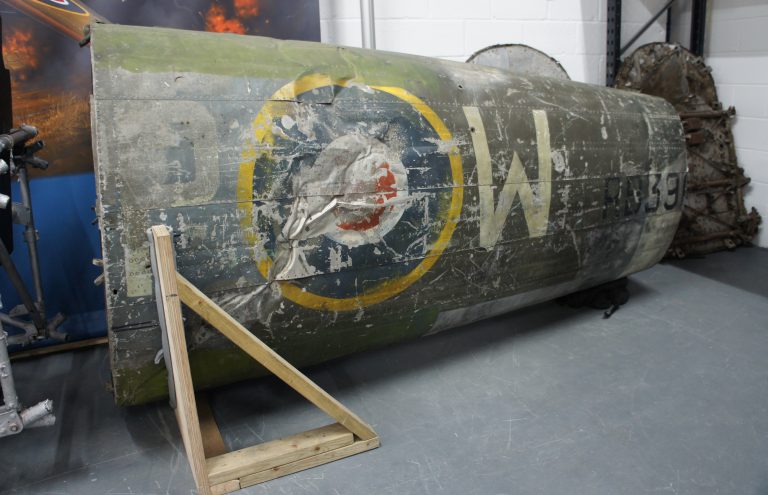
RB396, built in November 1944, was first test-flown by noted pilot “Pinkie” Stark and delivered shortly afterward by Polish ATA pilot Anna Leska. The aircraft joined 174 Squadron in early January 1945, advancing through Europe and flown primarily by Canadian pilot Frank Johnson on at least 35 combat sorties, enduring flak damage on 18 occasions. On April 1, 1945, RB396 was shot down and force-landed behind enemy lines near Denekamp in the Netherlands. While pilot Chris House escaped, RB396 lay abandoned until recovered for scrap post-war. Its rear fuselage passed through private collections and museums until its return to the UK in 2012, becoming the foundation of the HTPG collection.
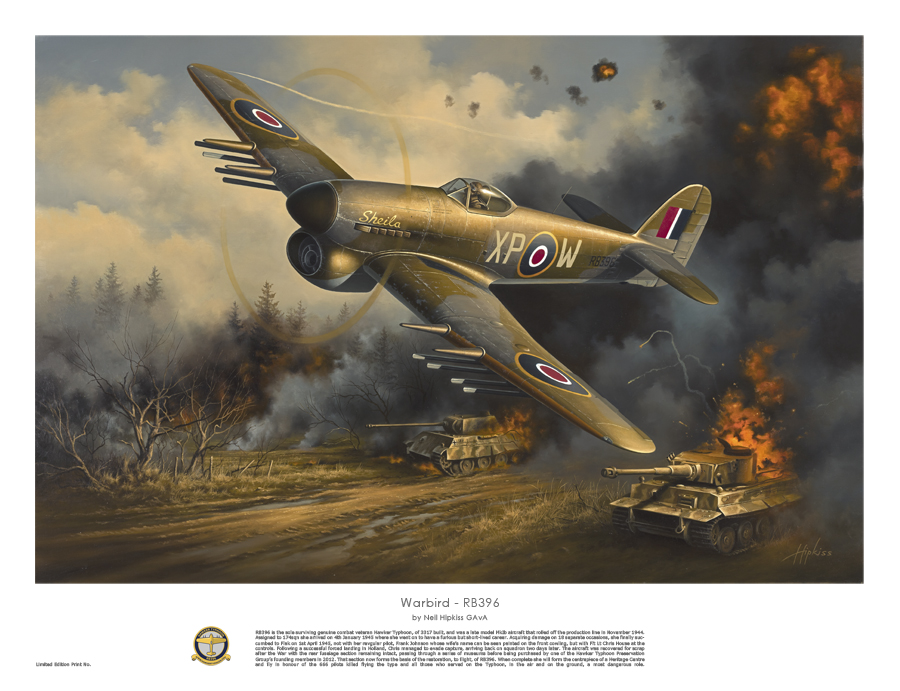
This historic fuselage section, still bearing original 2nd Tactical Air Force paint and crash damage, was chosen for the first rebuild phase, and a fundraising campaign was launched. In May 2019, after three years of fundraising, the rear fuselage, now registered with the Civil Aviation Authority as RB396 / G-TIFY, was delivered to Airframe Assemblies on the Isle of Wight to begin work. The rebuild has faced numerous obstacles, including COVID-19 disruptions, the Ukraine conflict, and economic challenges, but the team persevered. As is typical with projects of this nature, costs increased due to market forces, inflation, and additional work identified as necessary during the rebuild. In total, this first section required £500,000, which the team raised entirely through donations and support.
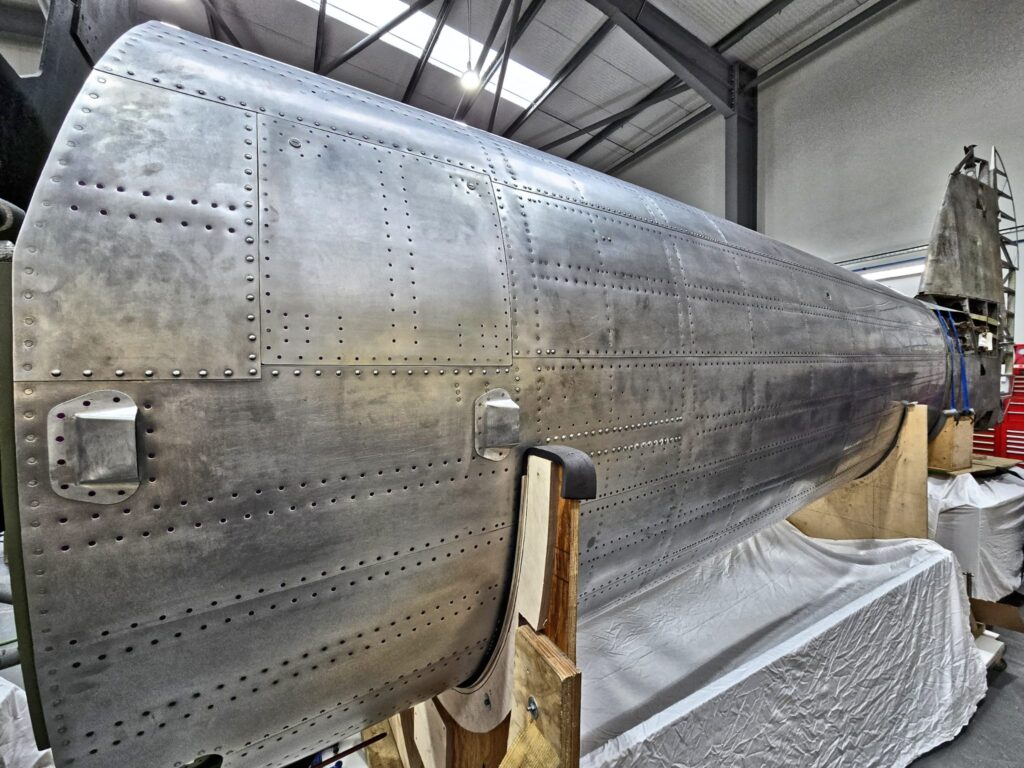
The rear fuselage of RB396 was rebuilt with a focus on historical accuracy. Approximately 80% of the frame’s structure was reused, and the original Hawker “battlefield repair” technique was applied where rivet spacing is closer. Crick Smith, a specialist paint analysis company, matched a unique interior paint shade, which Indestructible Paints Ltd then provided, pledging ongoing support for the project. A completion ceremony was held at Airframe Assemblies, where the final rivets were placed by project supporters, including 100-year-old Gerry, a former RAF ground crew member who maintained Typhoons during WWII. “Just like riding a bike,” he remarked. “Nobody is shooting at me now, which is nice!”
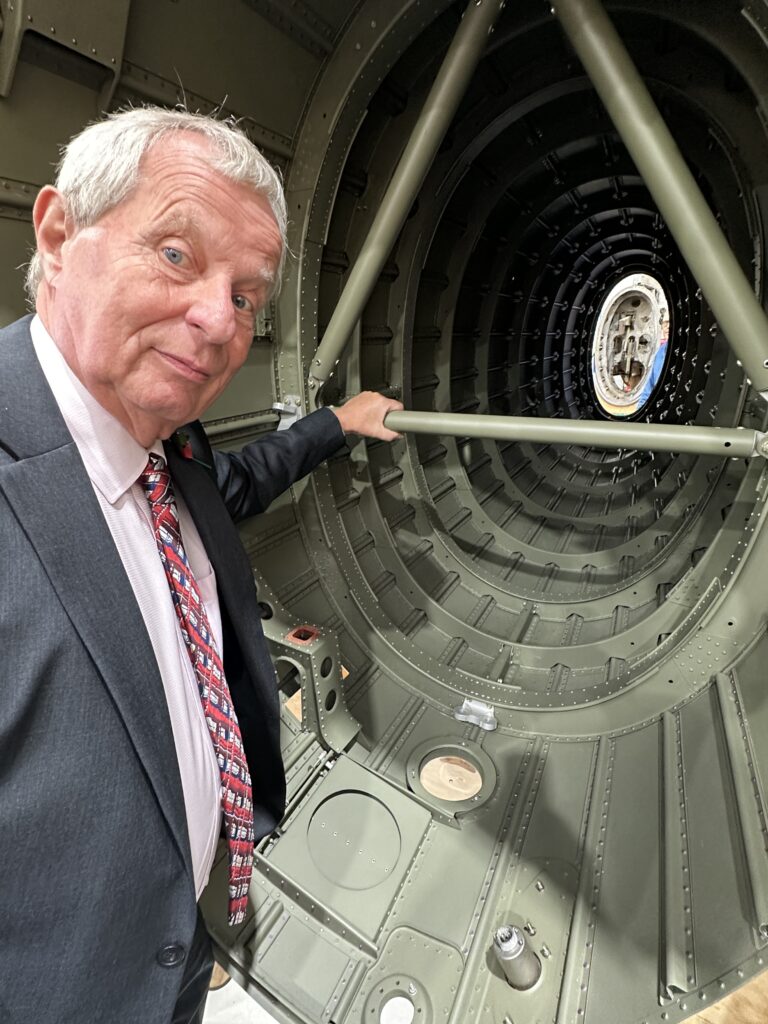
The restoration of this first section marks a significant step in the entire aircraft’s rebuild and represents the first major section of a Hawker Typhoon constructed since WWII. Numerous hurdles, including design adjustments, missing information, recreation of original tooling, and funding, were overcome. The Royal Air Force Museum in Hendon provided invaluable access to their Typhoon, MN235, the only complete airframe, to aid the rebuild. Project Director Sam Worthington-Leese, whose grandfather flew Typhoons in WWII, commented on the journey, saying: “This has been a long road, with engineering, financial, and even broader challenges. However, our volunteer team never gave up, and the result of nearly a decade of work is now visible. This is just the first step, but it brings us closer to our ultimate goal. I want to thank everyone who has contributed to our progress.”
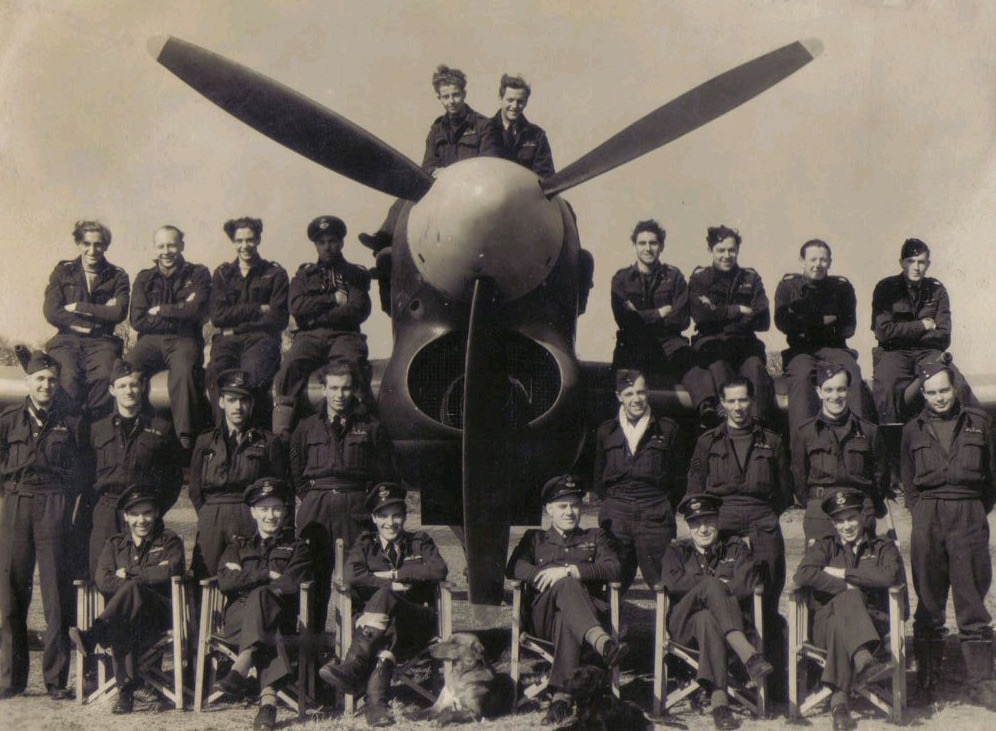
The Hawker Typhoon’s pivotal role in D-Day and the Battle for Normandy is largely unsung, with 56% of its pilots killed in WWII. The HTPG is dedicated to honoring their memory by returning RB396 to the skies. The full rebuild budget is estimated at £6-7 million, with over £1 million raised so far. With continued support, the aircraft could be airworthy by the next major D-Day anniversary in 2029, a fitting tribute to those who served.
The HTPG extends special thanks to:
– Crick Smith (paint analyst) – Indestructible Paints Ltd (interior paint) – Wightlink Ferries (sponsored ferry crossings) – Javick Laser Ltd (data plates) – Airframe Assemblies – Aircraft Restoration Company – Royal Air Force Museum, Hendon (access to MN235 and records) – Steven Comber / COAP (completion ceremony photos) – All supporters and service providers who contributed financially or through services
Support the project to help continue this historic rebuild. Click HERE.
